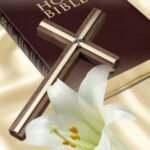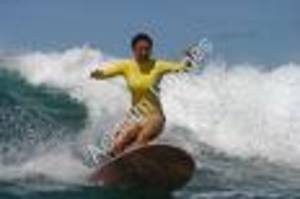“The Adventures of Tintin,” a Belgian children’s graphic novel and cartoon series by Herge (nom-de-plume of Georges Remi), is finding popularity with U.S. film-going families as an animated feature. However, fans of Tintin were in danger of losing one book of the series, “Tintin in the Congo,” which came under threat of banning for inciting acts of racial hatred. A Brussels court has just handed down its verdict: they found Tintin did not violate Belgium’s anti-racism laws, says Reuters . Here are facts for parents on Tintin and Herge.
* Tintin , a 15-year-old boy reporter, was born in 1929 and was based on Remi’s experiences as a Boy Scout. The books covered cultural and political events taking place around the world, with brave Tintin getting into scrapes with spies, thieves and villains. Parents found Tintin a good role model and kids in many lands adored him.
* In the offending book, Tintin takes on big game hunters, poachers, jewel thieves and wild animals in the former Belgian colony of the Congo. The country was renamed Zaire when nationalists took power and is currently the Democratic Republic of the Congo. An increasingly negative international attitude toward imperialism prompted people to worry that “Tintin in the Congo” was teaching children unhealthy ideas.
* The images in the book depict native Congolese as subservient and stereotypical. They resemble what Ferris State University’s Museum of Racist Memorabilia refers to as “picaninny caricature ” similar to Little Black Sambo. Tintin treats the Congolese with hauteur and almost contempt, says the Telegraph .
* Several other Tintin books have been criticized for having a white supremacist, antisemitic and cultural elitist attitude. In his first book, “Tintin in the Land of the Soviets,” Herge is faulted for having an anti-communist agenda.
* However, says Tintinologist , “Tintin au Congo” was a very early work for Herge and he was writing to satisfy an employer. Originally published in 1930, Herge would later regret it and sanitize some of the more period language and drawings for the 1946 reprint. He did not remove an offending scene in which a black woman bows to Tintin, saying “White man very great. White mister is big juju man.”
* In 2007, Bienvenu Mbutu Mondonto, a Congolese, began a push to get that title banned. According to another Telegraph article, the Campaign for Real Education wants “Tintin in the Congo” banned from children’s shelves, too. Herge’s works have been kept from reprint and become synonymous with racism, say detractors.
* According to Reuters, Belgian ministers deemed the book indicative of the prevailing colonial attitude, but not abusive. They declared that Herge did not intend to foment racial hatred, degradation, tension or threat. PBS’s Born to Trouble describes similar accusations leveled against Mark Twain’s “Huckleberry Finn.” As with Twain, Herge’s Tintin was found to reflect cultural attitudes and stereotypes rather than create them.
* “The Adventures of Tintin ” books were made into a film last year by filmmakers Steven Spielberg and Peter Jackson.




